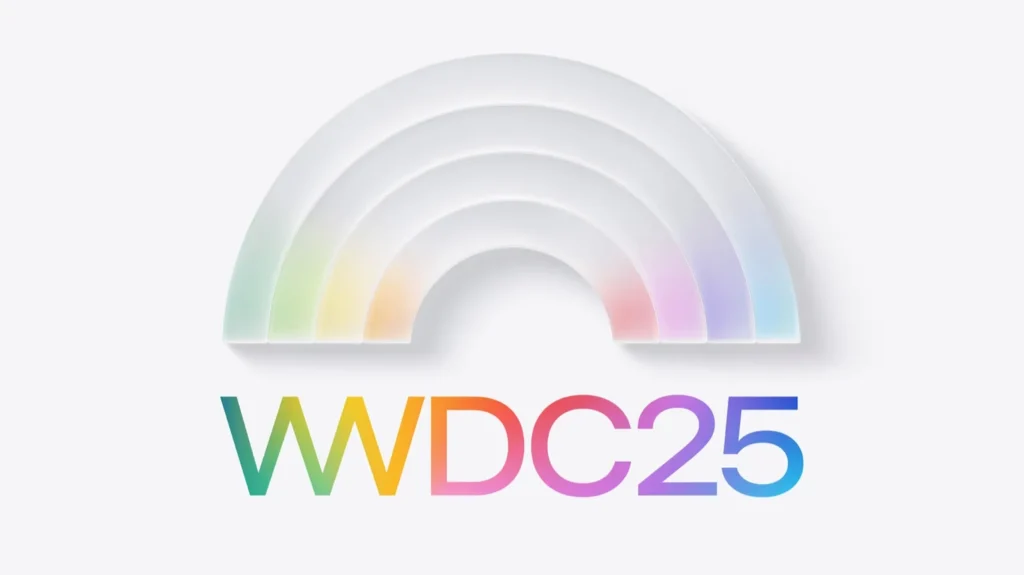Apple Intelligence at WWDC 2025: All That Glitters Is Not Gold
Apple Intelligence took a not so center stage at Apple’s WWDC 2025, held yesterday on June 9, despite past expectations and promises. With the unveiling of iOS 26, macOS 26 (Tahoe), iPadOS 26, watchOS 26, tvOS 26, and visionOS 26, Apple leaned heavily into its bold new Liquid Glass design language. But below the shine, critics are starting to wonder: is Apple keeping up in the AI race?
iOS 26 and Liquid Glass: The Look and the AI Underneath 🧊
Apple surprised everyone by jumping directly to iOS 26, aligning software versioning with the next calendar year. The user interface now features a flowing, translucent aesthetic dubbed Liquid Glass, with shimmering icons, floating elements, and 3D effects that breathe life into the entire OS.
Across iPhone, iPad, Mac, Watch, TV, and Vision Pro, Apple Intelligence is deeply woven into core experiences—Phone, FaceTime, Messages, Maps, Wallet, Music, CarPlay, and more.
The Show-Stopping AI Features
- Live Translation (on‑device)(NEW): Real-time voice and text translation across Phone, FaceTime, and Messages.
- Visual Intelligence: Screenshot scans detect events, objects or even products and offer actionable suggestions—similar to Google Lens.
- Genmoji & Image Playground: Now richer—with emoji mashups and AI-assisted image edits powered via ChatGPT.
- Smart Messaging & Calls (NEW): AI-powered call screening, queue-hold alerts, group chat typing indicators, and auto-suggested polls.
- AI Watch Workout Buddy (NEW): On‑device coach delivering live fitness feedback and motivation.
- Developer APIs (NEW): The new Foundation Models framework lets third-party apps directly leverage on‑device AI.
But Critics Say… 🤨
Despite ambitious demos, many feel Apple’s AI still trails Gemini, ChatGPT, and other cloud-based rivals:
- No heavy-hitting AI agent: There was no standout chatbot, multitasking AI companion, or Siri leap — just iterative features.
- Siri still lagging: While “smarter Siri” was promised last year but it got pushed past WWDC with only a vague update on timing.
- On‑device tradeoff: Privacy comes with limits—Apple’s models are smaller, less powerful than cloud option.
- Comparison to Google Lens: Visual Intelligence earns praise for utility, but doesn’t dethrone advanced rivals.
A popular sentiment from r/apple sums it up:
“…the moment AI is deeply integrated… Apple will be in trouble.”
Apple’s Game Strategy: Flash or Substance?
Apple’s recent presentation emphasized cohesion and subtlety over spectacle and excitement. The company’s strategic approach was clear: to integrate AI seamlessly into its operating system, rather than opting for ostentatious demonstrations that lack long-term value. This deliberate choice reflects Apple’s commitment to a slow-and-steady, privacy-first philosophy, building and maintaining consistent user trust. This contrasts with competitors who prioritize short-term visibility and innovation over long-term sustainability and user satisfaction.
However, in a rapidly evolving technological landscape, Apple’s cautious pace could position them as the tortoise in a race dominated by hares. While Apple’s focus on privacy and user trust is valuable, the risk of being perceived as lagging behind in the AI race could pose challenges. The company must balance maintaining its core values with keeping up with industry advancements to ensure its relevance and success.
What Lies Ahead for Apple Intelligence?
Short-term: Expect more AI features rolling out steadily—especially in Siri, Home, and context-aware automation.
Mid-term: Apple must deliver a truly conversational assistant with deeper intelligence and workload-handling power, or risk falling behind.
Long-term: If rivals continue pushing the envelope with agentic AI, Apple may struggle to prove its on-device-first model is enough.
Verdict: Is Apple at a Crossroads?
WWDC 2025 showcased polish and privacy-centric refinement–with Apple Intelligence integrated into virtually every device. But under the sleek veneer, the critical issue remains: are these AI enhancements powerful enough?
When stacked against Gemini or ChatGPT, Apple still looks cautious. Their choice to emphasize ecosystem-wide adoption over breakthrough bots may buy time—but could also cost them the AI momentum, leaving Apple playing defense.
Final Thought: Apple’s next move must be bold. Unless they spark something truly novel—be it in Siri, Vision Pro, or home AI—they risk being overshadowed in a world racing toward intelligent, conversational, proactive AI.
